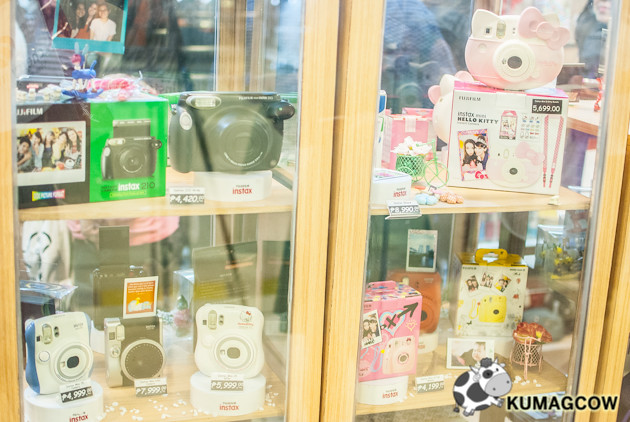


UV glazing - which can be expensive - can reduce fading and improve print life, but the other factor is just avoiding exposure to bright light or fluorescent light.įor snapshots and small photos, print life is not an issue. Ink and paper used in inkjet printers has greater potential for long life. You also will normally see greater use of optical brighteners in paper used by commercial printers, but those brighteners fade over time and with exposure to UV light causing the print to lose contrast and turn an ivory color. You will likely see fading or color shifts after 10 years or so - but it depends on the specifics and the light exposure. But the downside is the gamut is unlikely to be as wide and the inks and paper are not archival quality. Most third party commercial printers use dye sublimation printing because it's much faster and better for high speed commercial printers. Even for personal use, it's cheaper for me to make small prints to share with family through Zenfolio than to print them myself. My margins are pretty good on the Zenfolio work because my costs are very low and fulfillment takes little time and effort. There is a choice of labs and I normally use MPix. I sell hundreds of prints through Zenfolio and the quality is very good. Zenfolio provides me with a way to inexpensively fulfill client needs for production prints - lower cost prints that are reasonable quality and great with service and turnaround. Some of my work is events rather than fine art. I also put non-standard prints in custom mat openings with standard frames. I use standard frames which I stock, and standard mats with standard mat openings most of the time. The prints start at 8x10 but are generally 12-18 to 16x24 inches. My normal output is framed and matter prints. Quality is very good, inks are archival quality, and I have flexibility with high quality papers. I can print on up to 17 inch roll paper as well as smaller sheets in the cassette or manually fed sheets. I make proof prints on 8x10 paper, and sell those prints when I give programs to recoup the cost. The incremental cost for the last 10% gets expensive - larger printer, more ink, more space, larger inventories of paper, mats and frames, etc. I take the approach that I want to be able to print 90% of my output. It's the difference between a good print and a great print. If there is a dust spot you missed, a bright spot in a background, too light or dark, etc., you can see the issue and immediately reprint. The big advantage of printing at home is the immediate feedback. Printing is a serious effort with a learning curve.


 0 kommentar(er)
0 kommentar(er)
